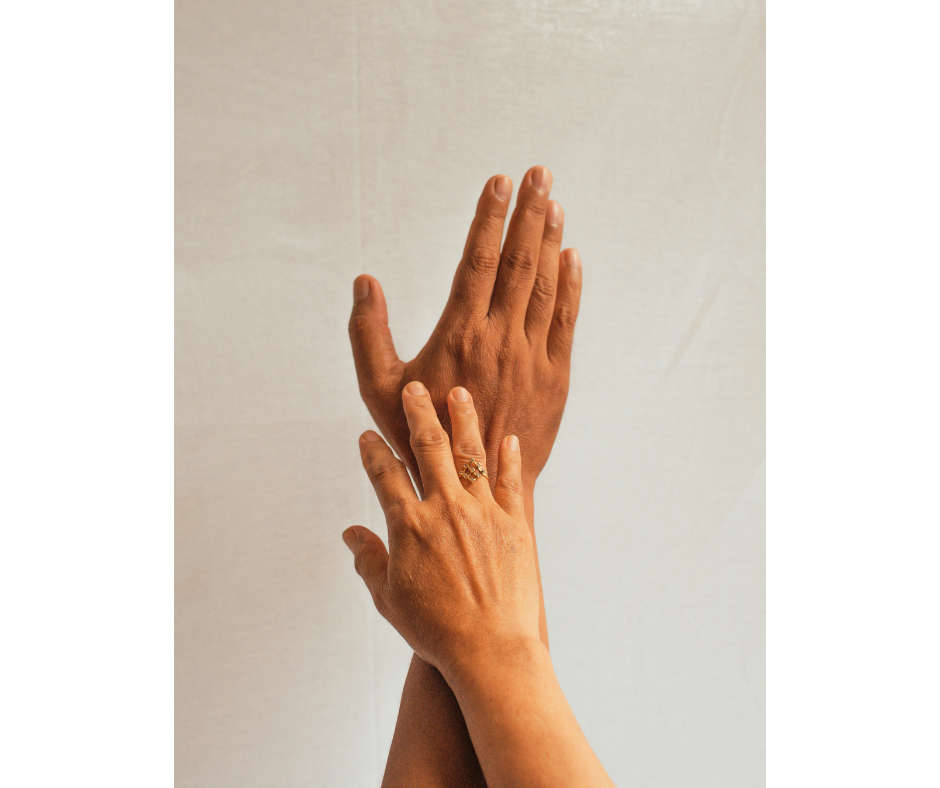Susanne Morgan of the New York DeafBlind Collaborative presented about the importance of positive touch at the Southeast DeafBlind Conference in Huntsville, Alabama, in June 2022. There are two main ways the brain processes touch: discriminative touch and social and emotional touch. Before I delve into positive touch, let’s talk about our preconceived notions and personal views on touch. As a special educator, I’m aware that kids like to touch, they like hugs, high-fives, and fist bumps. I also know that as a teacher, you have to know the difference and help students understand the difference between what’s appropriate for school and what isn’t. For example, you wouldn’t have a high school student sitting on your lap, so should you have an 8-year-old sitting on your lap? Do you give a side hug for a full-facing hug? There are a lot of questions and a lot of issues that teachers deal with when it comes to touch. But then let’s add in a pandemic where we can’t touch kids, and kids can’t touch each other, and they can’t share supplies. This impacted all of our students everywhere. But also significantly impacted those who rely on their sense of touch as one of their major sources of information.
Discriminative touch tells us the facts about pressure, location, fine texture, and vibration. Social and emotional touch tell us the emotional content of interpersonal touch using the different sensors in the skin. Discriminative and emotional touch cannot be separated. This means that we need to prioritize touch as the main means of access for young learners who are deafblind. For students who are deafblind, we want to move them from active touch to tactile cognition. It is the difference between just touching something to taking meaning from what you are touching. We often focus on our distant senses as the main mode of receiving information. When in fact, hearing and vision are distant senses. Yet people often don’t think about touch if a child has access to their vision and hearing. Touch enhances learning, and when a student’s main mode of seeking information is through touch, it’s even more important that we focus on teaching them to make those pathways end relationships between touch and information and communication.
There are many topics we can pull in when we’re talking about positive touch, and one of them is hand-under-hand. When I heard Suzanne speak about positive touch, it helped solidify what I have learned about hand-under-hand versus hand-over-hand. We are not teaching the activity when we take a child’s hand, especially a child with dual sensory impairments, and force them to do something with their hand. Instead, we’re teaching them that when we take their hand, their job is to let us do what we want with it. When using hand-under-hand, we are allowing the child to explore using touch but at their own pace and comfort level to take in the information at a pace that works for them.
Now you may be asking yourself, how does this relate to me, how do I promote positive touch in the classroom, and what about germs? A first response, wash your hands a lot and use hand sanitizer. Also, don’t overthink it. As educators, we know that hands-on experiences help children learn. So when working with a student who is DeafBlind or has dual sensory impairments think about how you can add a tactile or touch component versus just focusing on what they can see and hear.
Sarah Bradley
Special Education Teacher
Winston Salem, NC

